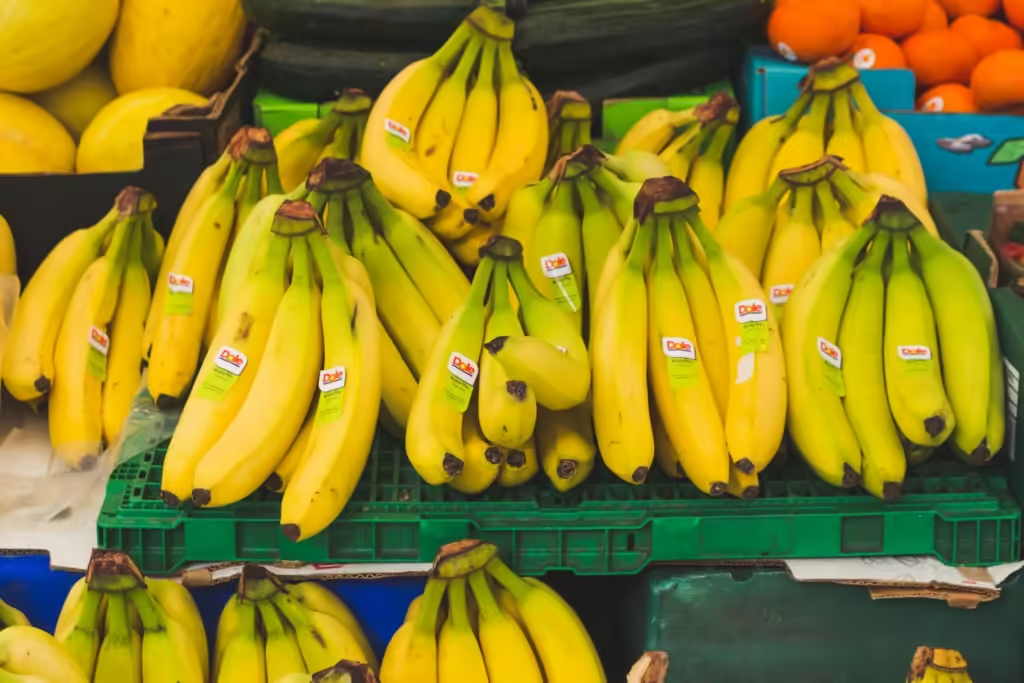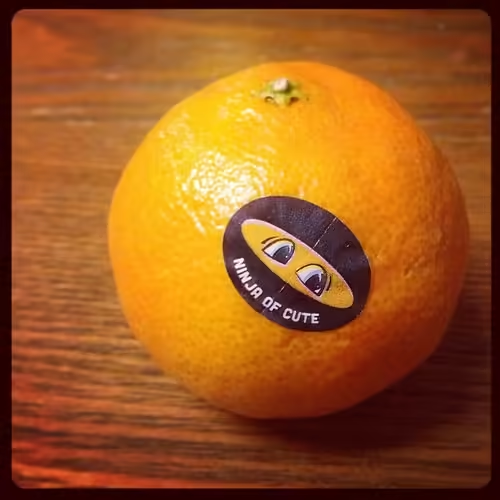Table of Contents
Your bounty of juicy, delectable fruits from a typical supermarket will all have the same decoration—the dreadful fruit sticker. You’ll notice those ubiquitous stickers whether you’re buying fresh oranges for the week or bulking up on apples for baking. These little plastic bits, which are adhered to individual fruit pieces, have a price lookup code (PLU) on them that can be used to identify that particular fruit variety at the register. Fruit stickers can be useful in intricate supply chains, but they might be difficult to handle at home.
Chemical Processes Cause Bruising
Breaking a fruit skin in the process of trying to remove the sticker causes a chemical reaction that accelerates the breakdown of fruit. Fruit browning is caused by a combination of oxygen and polyphenol oxidase (PPO), claims Scientific American. PPO converts different phenolic compounds into melanin—the pigment that gives skin and hair their color—when it comes into contact with oxygen. With the peel-off sticker, “cells break open and the enzyme and phenolic compounds are released and mix with oxygen in the air.” The affected area becomes almost instantly discolored and brown as a result of this combination’s release of melanin.
Although some fruits have been genetically engineered to never bruise, the majority of fruits will eventually turn some shade of brown. Fortunately, browned fruit is primarily a cosmetic preference and is quite safe to consume. But when biting into a crisp apple or hard banana, the last thing you normally want is a mushy sensation, which is what bruised areas typically have. The soft, moist tissue of a damaged area can eventually encourage the growth of bacteria and mold, although this is not an urgent worry.

It’s Critical To Remove The Fruit Stickers Eventually
There is a little bright spot if you happen to eat one of these common stickers by accident: fruit stickers are edible. As stated by the FDA in a New York Times interview, “occasional, unintentional consumption of a sticker would not be expected to be a health concern.” They will just go through your digestive tract and contain no nutrients.
Fruit stickers aren’t biodegradable, so you should always remove them in addition to preventing accidental eating. Usually composed of adhesive, ink, and plastic, stickers are not biodegradable in the open air. You will wind up with a barrel full of dirt and the plastic remnants of those stickers if you add a banana or orange peel to a compost pile without first removing the sticker. Microplastics released by the stickers have the potential to contaminate your compost bin and seep poisons into your soil. Therefore, after carefully removing the sticker, remember to dispose of it in the garbage rather than the recycling or compost container.
read also: Is it possible to freeze cupcakes?
Why You Need To Be Careful Peeling Off The Stickers On Your Fruit (msn.com)


2 thoughts on “Why It’s Important to Peel Off Fruit Stickers Carefully 2024”